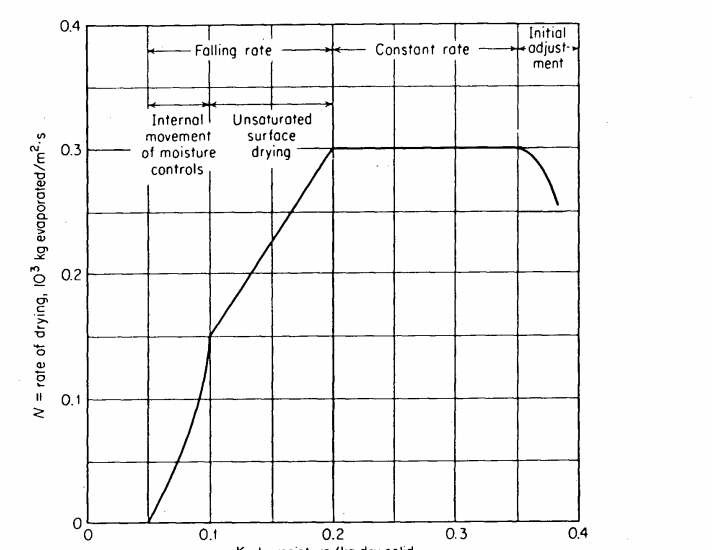Introduction
Previous research efforts on the drying of wood products have focussed primarily on thedrying of lumber. Although this is reasonable considering the importance of lumber tothe forest products industry and the problems that exist in obtaining adequate controlover the lumber drying process, it has tended to cause research into the drying of otherwood products to be neglected. Some research has been undertaken on veneer drying inthe development of faster, more efficient dryers for the plywood manufacturing process.However, the comparative ease in drying veneer as opposed to lumber coupled with thematurity of plywood as a product (vis-a-vis the increasing scarcity of peeler sized logs andthe gradual replacement of plywood by wafer and strand boards), has limited continuedresearch in this area. The drying of wood furnish for use in particleboard and waferboardmanufacture has been the subject of little attention. This is probably the result of the relatively recent development of the products.
The lack of reported research on wafer drying makes it necessary to predict wafer drying behaviour using the results from drying studies on veneer and particleboard furnishsince they are the closest to wafers in form. Unfortunately, there is little agreement in theliterature as to the dominant drying mechanisms for either of these two materials. The conflict appears to arise from differences between the various studies both in the selectionof the experimental conditions and materials, and in the interpretation of the results. Boththe theoretical and experimental results from these studies will be reviewed with the goalof developing a conceptual model of wafer drying.
Classical Drying Rate Theory
In the late 1920's and early 1930's, Sherwood published a series of papers that introducedthe concept of rate curve analysis to drying (Comings, 1983). Whereas the drying curve(moisture content vs. time) yielded little information about how the material dried, thedrying rate curve (constructed by drawing tangents to the drying curve at various pointsalong its length and plotting the slopes of these tangents against the corresponding moisturecontents) showed distinct inflection points which Sherwood attributed to changes in thedominant mechanism of drying. Although different materials resulted in a wide variationof drying rate curve shapes, a standard drying rate curve (Figure 1.1) appears to have beenadopted for teaching purposes (Treybal, 1980)
This traditional drying rate curve has two distinct zones: a constant rate period anda falling rate period. In the constant rate drying period the external drying conditions(temperature, air velocity, and humidity) control the rate of drying. All energy transferredto the material being dried is used in the evaporation of water. The water at the surfaceis replenished by the capillary fow of water from the interior of the material being driedComings and Sherwood,1934).

Fig1
Once the fow of water to the surface has been completely interrupted by the intrusionof air into the capillary system, a drying front is formed below the surface of the material.As the free water recedes deeper into the material, the drying front progresses towardthe core until the material has reached an equilibrium moisture content with the externaldrying conditions. During this portion of the falling rate period, drying is controlled bythe diffusion of water from the wet core of the material to its surface.
In the written discussion following the article, Hougen voiced concern over the misapplication of the difusion equations through the lack of understanding of its limitations.Nevertheless, modelling on wood drying by a simple diffusion equation has proven to bevery attractive to many researchers despite the inherent theoretical problems.
The exponents of the thickness and density correction factors were also used by Com-stock to comment on the controlling drying mechanism during veneer drying. If diffusionwas the limiting drying mechanism, then the drying times should have been roughly pro-portional to the square of thickness and density. However, the exponents of 1.19 and 0.87for thickness and density respectively were closer to the first power relationship of externalheat transfer to drying time. Comstock further stated that, since the exponent for thick-ness was greater than that of density, perhaps conduction of heat through the dried outerayer of wood to the drying front also had a limiting effect on drying.
上一篇: 基于InGaAs异质结构的红外传感器
下一篇: 先进的Pre-Gate清洁评估